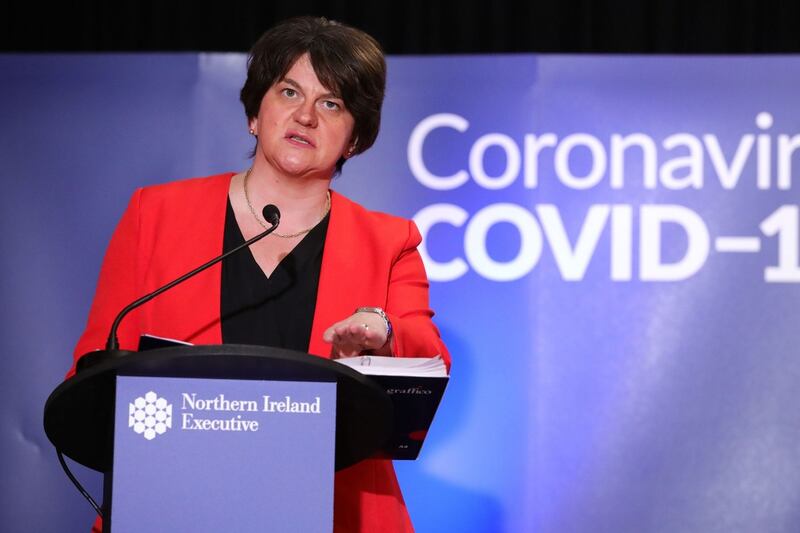Boris Johnson’s conditional plan for lifting the coronavirus lockdown offers early relief from its harshest restrictions and some hope of a phased restoration of economic activity. But each stage of the easing could be delayed or reversed if the infection rate and the prevalence of the virus are not reduced and kept down.
Britain has suffered more deaths from coronavirus than any other European country as it was slow to introduce a lockdown and initially abandoned testing and contact tracing. Johnson’s plan depends on a recent increase in testing to be sustained and accelerated and on the success of a new contact tracing infrastructure.
“We will be monitoring our progress locally, regionally, and nationally and if there are outbreaks, if there are problems, we will not hesitate to put on the brakes. We have been through the initial peak – but it is coming down the mountain that is often more dangerous,” he said on Sunday.
Everyone has a role to play in helping to control the virus by staying alert and following the rules.
— Boris Johnson (@BorisJohnson) May 10, 2020
This is how we can continue to save lives as we start to recover from coronavirus.#StayAlert pic.twitter.com/2z9yl1Fxs4
Britain does not yet have the capacity for effective local and regional monitoring of Germany and South Korea, which have both seen spikes in new infections after easing restrictions. Johnson, who struck the right tone of business-like seriousness in his statement, played down the importance of sticking to the timetable for lifting the lockdown.
“If we can’t do it by those dates, and if the alert level won’t allow it, we will simply wait and go on until we have got it right,” he said.
The new slogan “Stay Alert, Control the Virus, Save Lives” represents a shift of emphasis in the government’s messaging that could prove too subtle to be effective. The week’s loosening of restrictions on outdoor activity is less than straightforward, with some previously banned activities now permitted only for members of the same households while two members of separate households can meet if they stay two metres apart.
Johnson’s call for those who cannot work from home to go back to work this week left the British Chambers of Commerce asking for detailed advice on what will need to change in the workplace and unions insisting on clear rules to protect workers. And the first ministers of Scotland, Wales and Northern Ireland made clear even before he spoke that they would not follow the prime minister in easing restrictions right away.
Johnson will give MPs more details about his plan on Monday afternoon and Labour leader Keir Starmer was already limbering up on Sunday night for his cross-examination.
“This statement raises more questions than it answers, and we see the prospect of England, Scotland, Wales and Northern Ireland pulling in different directions. The prime minister appears to be effectively telling millions of people to go back to work without a clear plan for safety or clear guidance as to how to get there without using public transport. What the country wanted tonight was clarity and consensus, but we haven’t got either of those,” Starmer said.
















